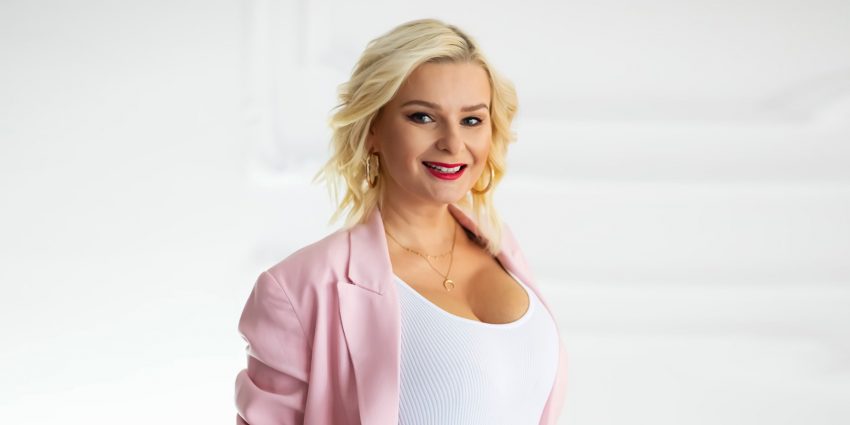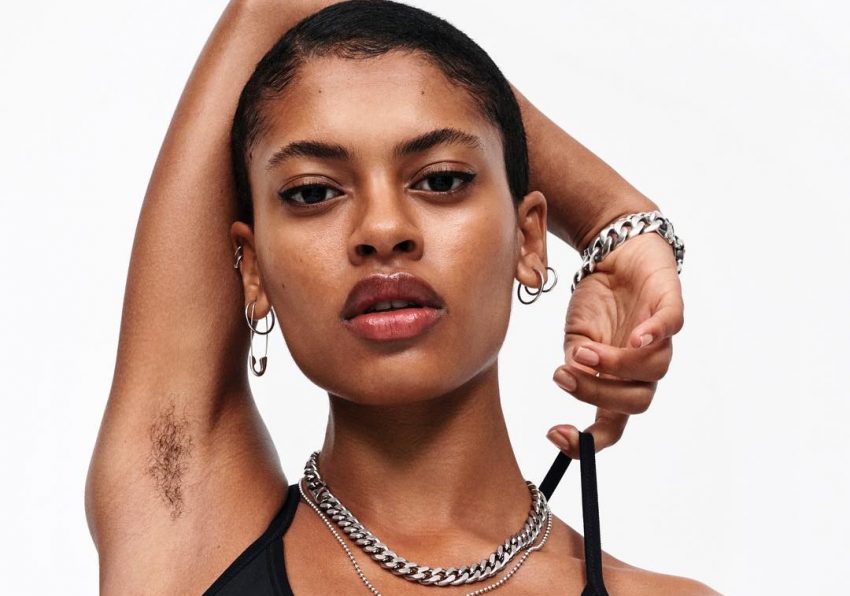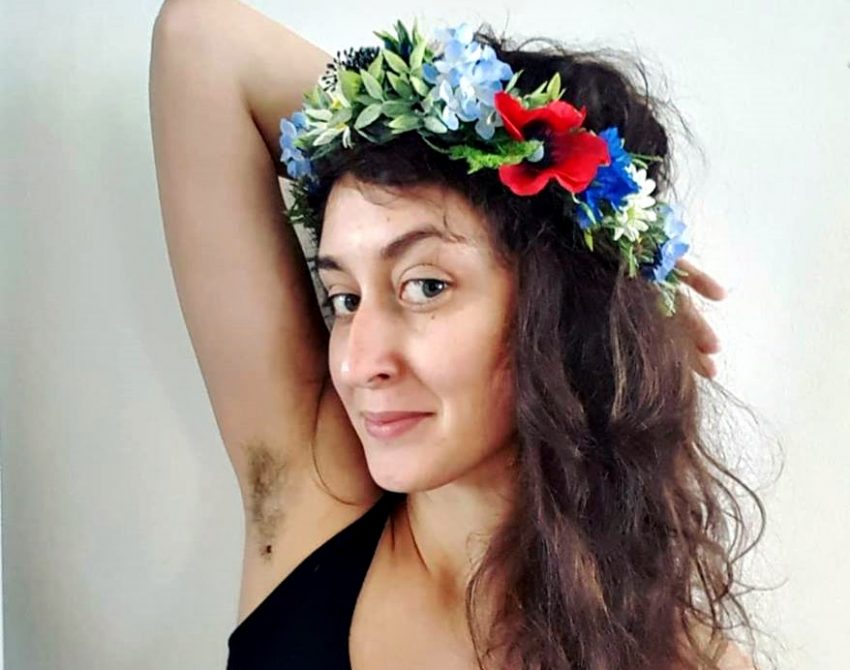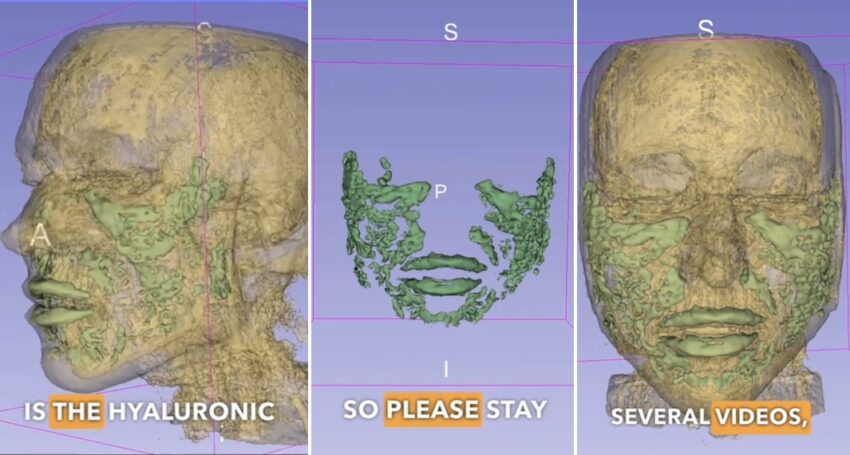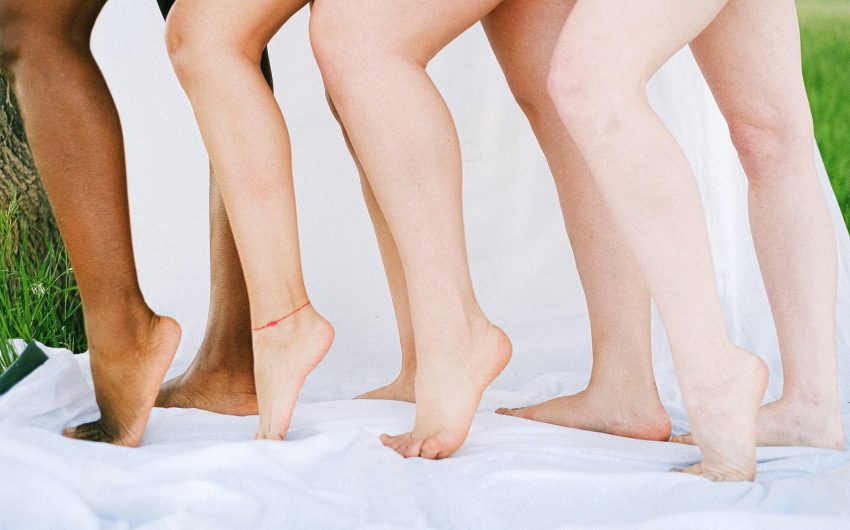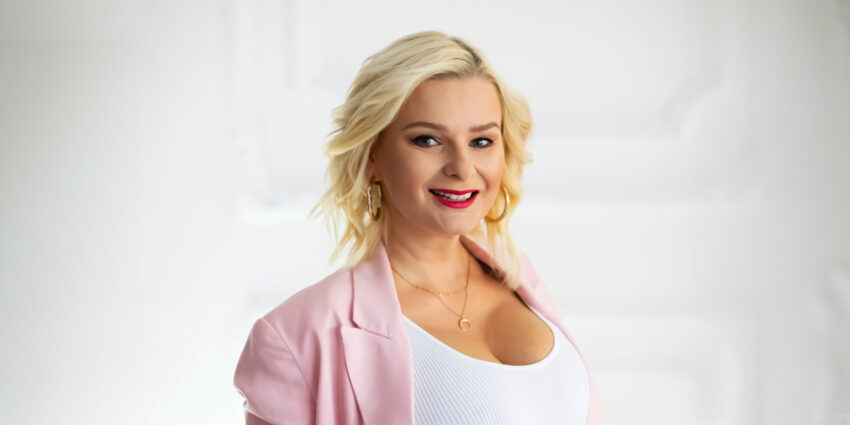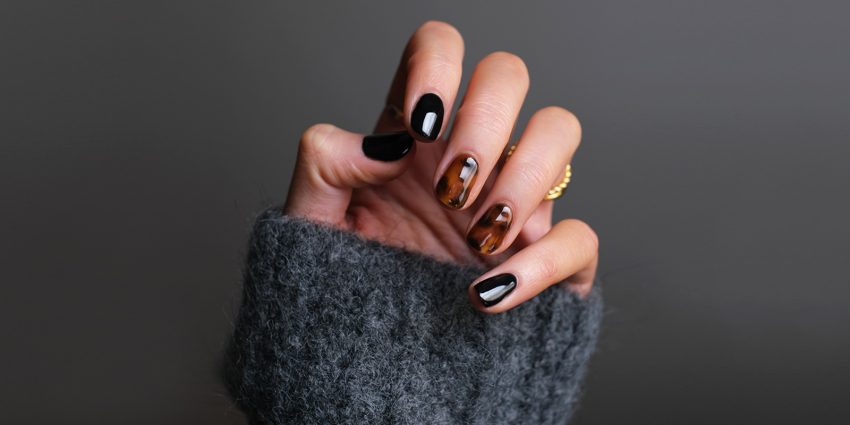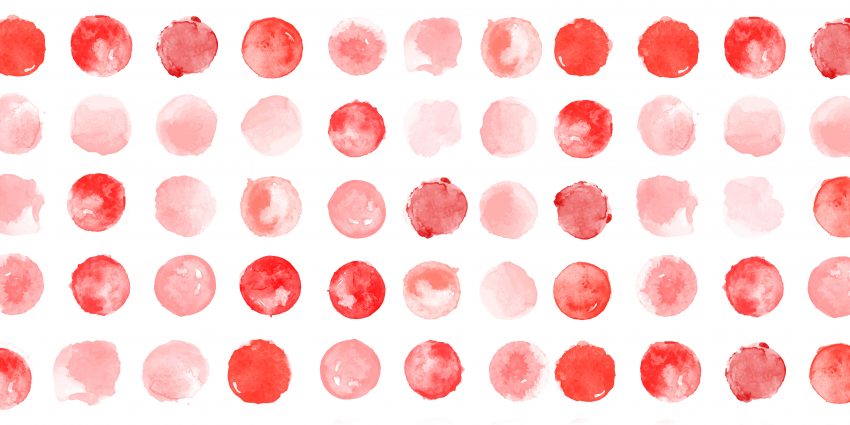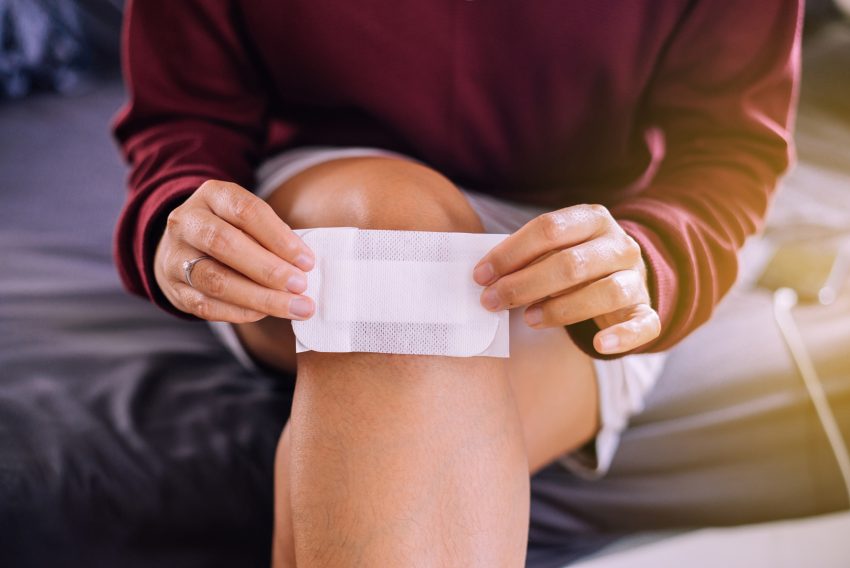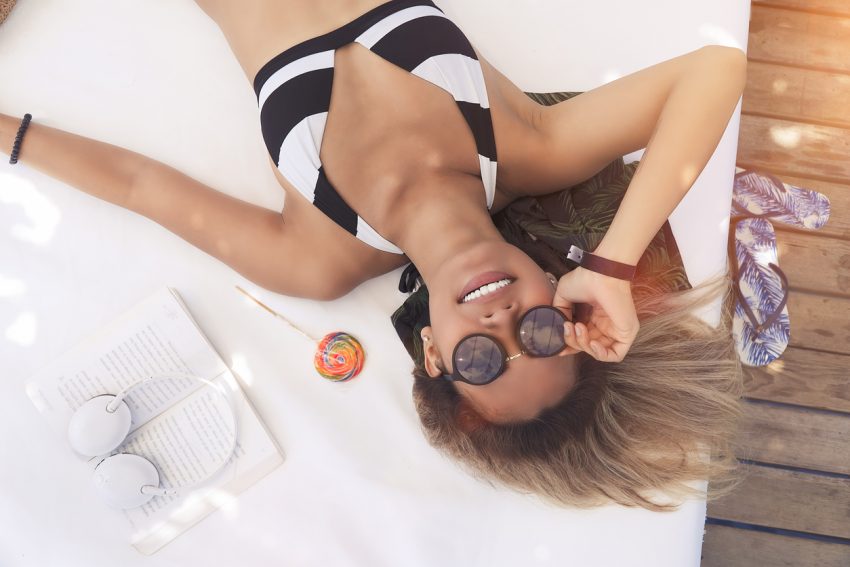Nieogolona pacha, widoczne owłosienie w miejscach intymnych. Ta sesja na nowo definiuje kobiece piękno
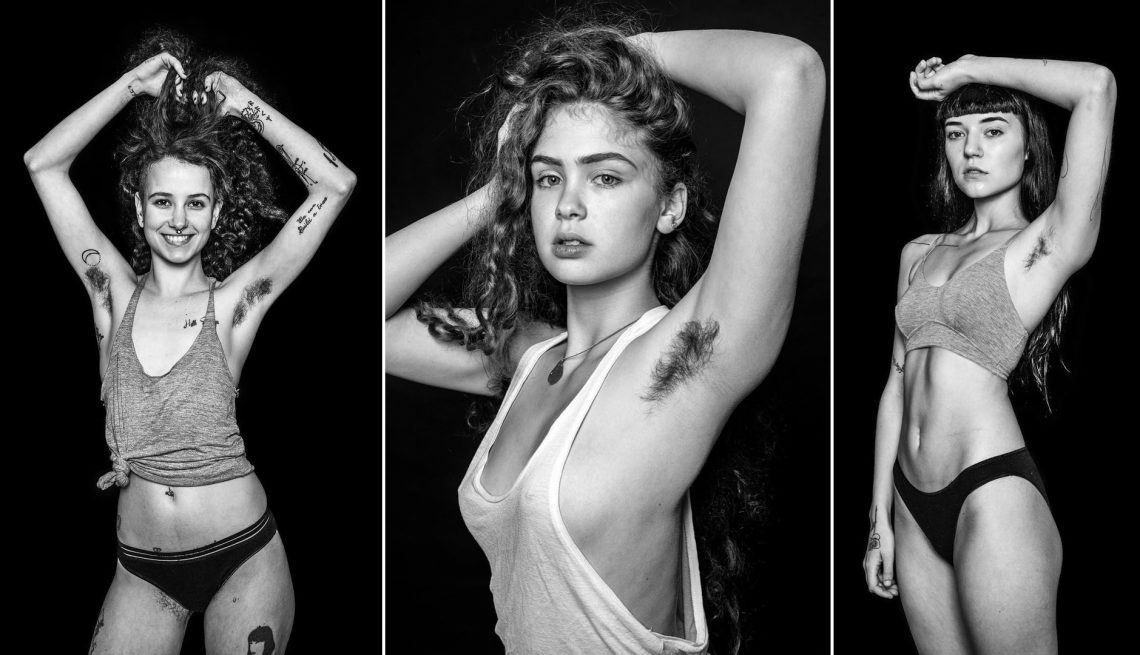
się ten artykuł?
Lansowany przez lata kult gładkiego ciała sprawił, że akceptacja owłosienia na kobiecym ciele jest wciąż kłopotliwa i społecznie nieakceptowana. Na szczęście powstaje coraz więcej inicjatyw mających na celu oswajanie z widokiem kobiecych nieogolonych pach, nóg czy miejsc intymnych. Jedną z takich ciałopozytywnych akcji podjął się brytyjski fotograf, Ben Hopper. Zobaczcie efekty jego projektu „Natural Beauty”.
To protest i niezgoda na lansowany kult ciała
O tym, jak bardzo potrzebne w przestrzeni publicznej są obrazy nieogolonych kobiet, świadczą choćby komentarze pod zdjęciami, na których owłosienie się pojawia.
„Bardzo niesmaczne. Są pewne standardy co do wyglądu”, „Dla mnie ohyda, zarośnięta niczym małpa w zoo”, „Nie, nie, nie – włosy tylko na głowie!” – to tylko kilka z nich.
To, co powinno być traktowane jako coś naturalnego i normalnego, nadal szokuje, wzbudza niesmak, prowokuje do krytyki. Naprzeciw tej tendencji postanowił wyjść londyński fotograf, Ben Hopper.
Rozwiń„Choć włosy pod pachą to naturalny stan rzeczy, stały się manifestacją polityczną. Dlaczego? Od prawie stu lat branża kosmetyczna pierze nam mózgi, zachęcając do usuwania owłosienia. Tworząc kontrast między kobiecym „standardem” piękna a surowym, niekonwencjonalnym wizerunkiem z włosami chcę rozpocząć debatę na ten temat” – mówił Hopper, rozpoczynając swój projekt „Natural Beauty”.
Pomysł na sesję w nurcie body positive narodził się w głowie Hoppera już w 2007 roku, ale zrealizował go dopiero 5 lat temu. Projekt „Natural Beauty” miał być swego rodzaju protestem, niezgodą na lansowany kult gładkiego ciała i próbą przywrócenia naturalnego piękna do głównego dyskursu.
Chciał, żeby zdjęcia zaskoczyły. Udało się!
Do udziału w swoim projekcie fotograf zaprosił 45 kobiet. Każda z nich zapozowała z uniesionymi rękami, pokazując w ten sposób, że niewydepilowana pacha czy okolice bikini nie czynią je mniej atrakcyjnymi. Zdjęcia Hoppera nie tylko podkreślają kobiecą urodę z naturalnym owłosieniem, ale również przypominają, że te dwie rzeczy w żaden sposób się nie wykluczają.
„Głównym celem (tej serii- przyp. red.) jest kontrast między modnym kobiecym pięknem a surowym niekonwencjonalnym wyglądem kobiecych włosów pod pachami” – powiedział Hopper w jednym z wywiadów.
I dodał:
Rozwiń„Spodziewam się, że zdjęcia zaskoczą wiele osób i myślę, że w pewnym sensie to była jedna z moich intencji”
Skoro włosy występują na ciele każdego człowieka, niesprawiedliwe jest, aby tylko żeńska część społeczeństwa była zobowiązana do ich usuwania. Tym niemniej cieszy nas fakt, że owłosienie nie tylko coraz częściej pojawia się w reklamach, ale również coraz więcej się o nim mówi.
„Włosy pod pachami sprawiły, że przestałam wstydzić się pach”
Na polskim gruncie dużo dobrego w tym temacie robi Kaya Szulczewska, założycielka profilu Ciałopozytyw, na którym regularnie publikuje edukacyjne treści na temat ciała i jego akceptacji. Sama wyzwoliła się z presji depilacji w 2017 roku.
Rozwiń– Paradoksalnie owłosione pachy i łono są najbardziej kontrowersyjne, często pojawiają się komentarze, że są niehigieniczne, jednak ja nie mam z nimi w ogóle problemu i nie wstydzę się ich wcale. Dla mnie był to wybór wręcz prozdrowotny, ponieważ wrastające włosy i stany ropne nie były ani higieniczne, ani zdrowe. Odkąd nie golę włosów pod pachami, nie mam stanów zapalnych, nic mnie nie boli, ani nie swędzi. Włosy pod pachami sprawiły, że przestałam wstydzić się pach. Tak się z nimi dobrze czuję, że jest to dla mnie uwalniające – mówiła w rozmowie z nami.
Naszym zdaniem włosy pod pachami to jedna z możliwych opcji. Można je golić lub nie. Niezależnie od tego, jaką opcję wybierzemy, ważne abyśmy robiły to dla sienie.
Zobacz także
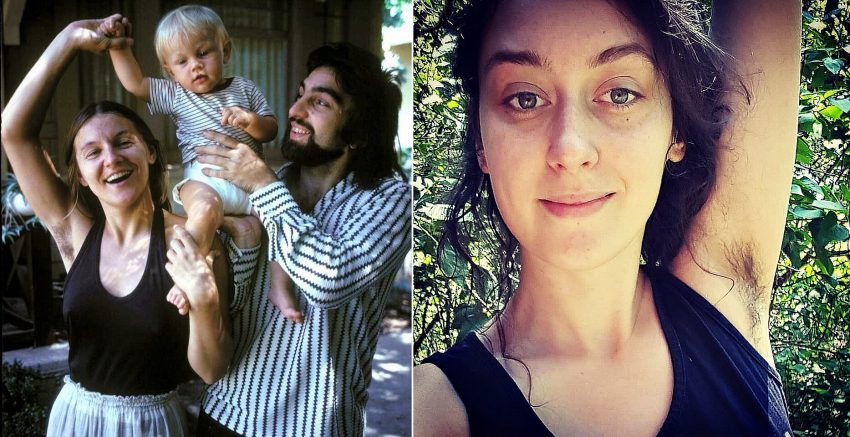
Nieogolona pacha mamy DiCaprio wywołała falę hejtu. „Wielu takie zdjęcia odbiera jako zagrożenie ładu i porządku społecznego” – mówi nam założycielka Ciałopozytyw
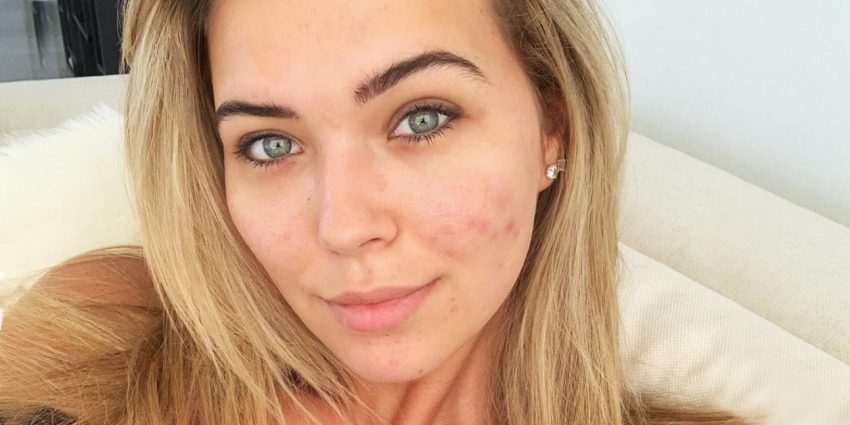
Sandra Kubicka: nigdy już nie powiem, że jestem w stu procentach zdrowa, nawet jeśli kiedyś będę czuła się lepiej
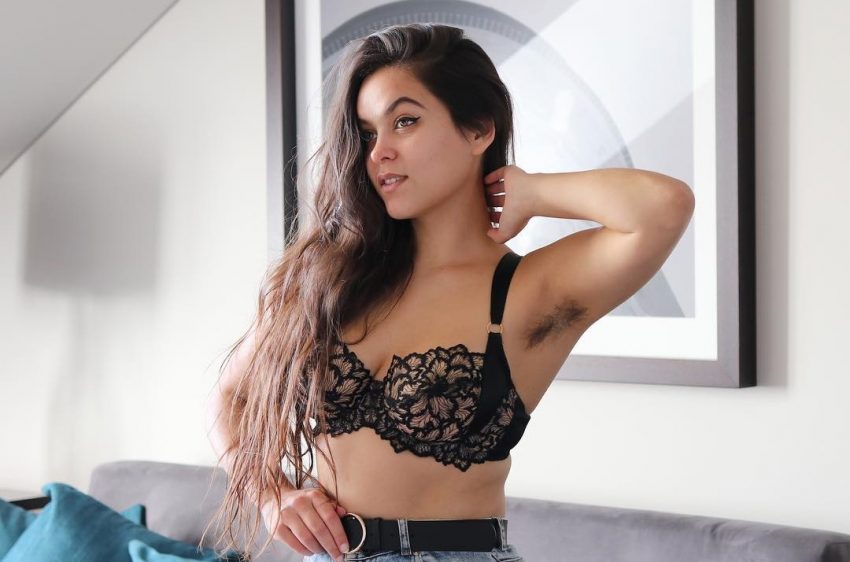
Kobiety nie golą się w styczniu! Zobacz najlepsze zdjęcia z akcji #januhairy
Polecamy
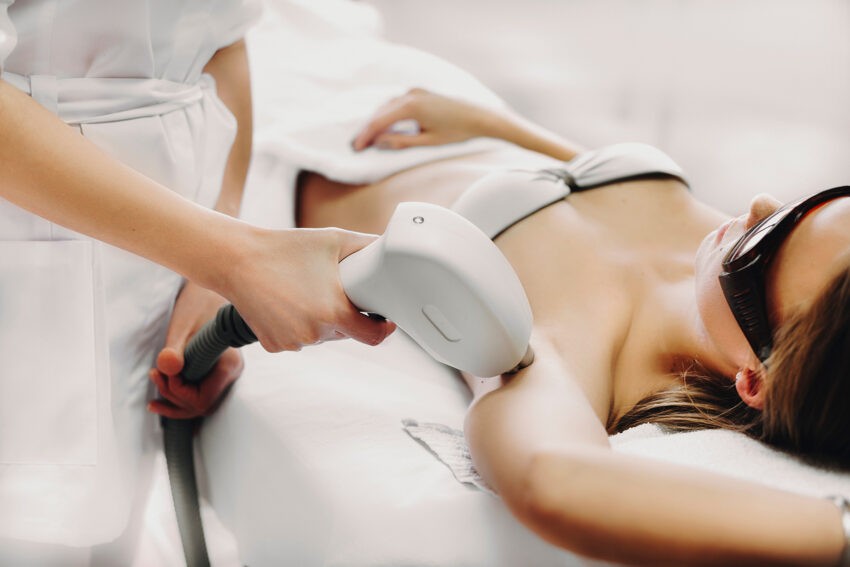
Depilacja laserowa – jak się przygotować do tego zabiegu?
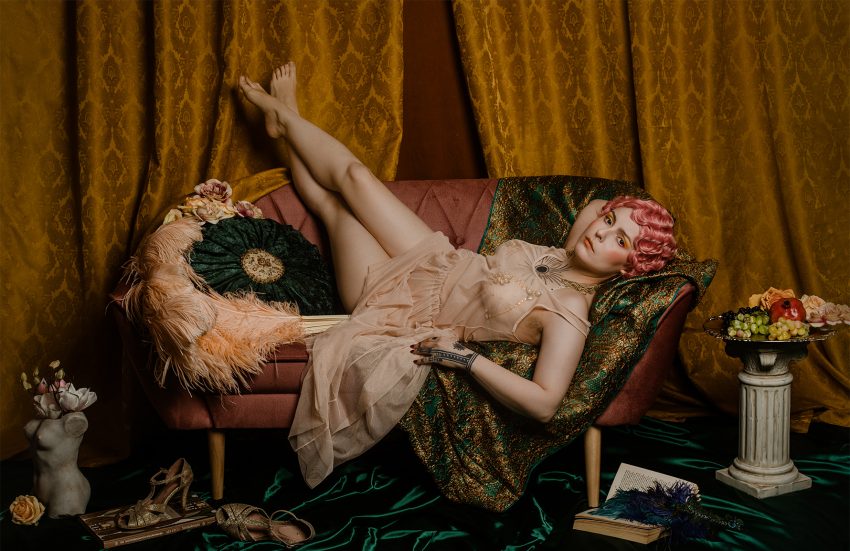
„Jest OK nie być OK ze swoim ciałem” – mówi Betty Q, performerka burleski
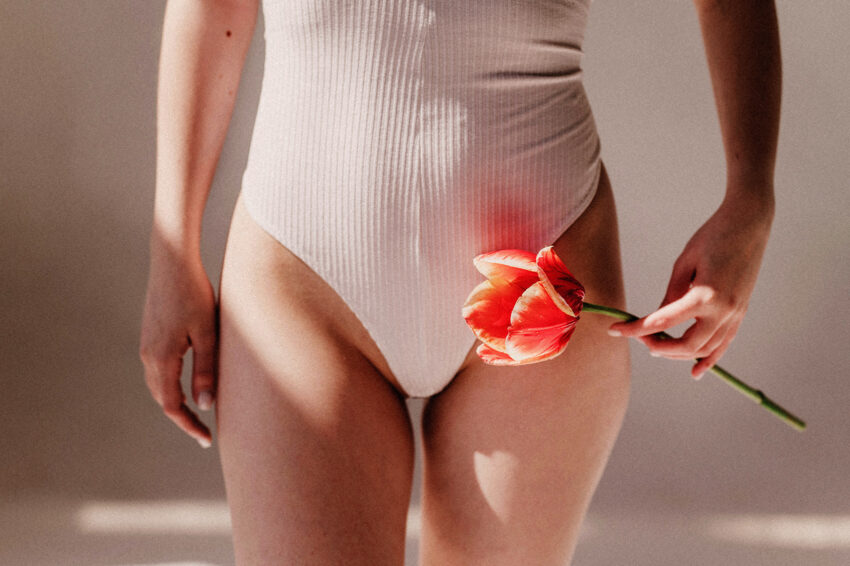
Czy depilować się przed wizytą u ginekologa? Lekarka wyjaśnia
